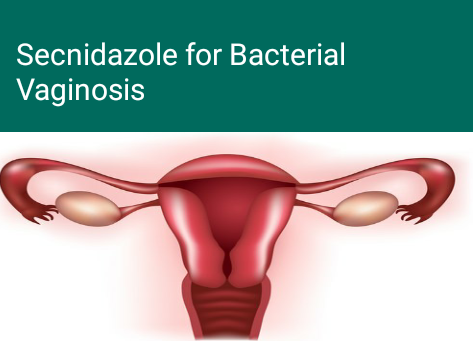Drug Of Bacterial vaginosis
The US Food and Drug Administration (FDA) last week approved an antibiotic called secnidazole (Solosec, Symbiomix Therapeutics) for women with bacterial vaginosis.
Secnidazole is the first single-dose oral treatment for bacterial vaginosis, the most common vaginal infection in women aged 15 to 44 years, according to the Centers for Disease Control and Prevention.
A dose of secnidazole comes in the form of a 2-g packet of granules. Patients sprinkle the granules on applesauce, yogurt, or pudding and eat the mixture within 30 minutes without chewing or crunching the granules.
Most current antibiotics for bacterial vaginosis must be taken for 5 to 7 days, and often more than once a day. As a single-dose treatment, secnidazole promises to improve adherence and the likelihood of a cure, Symbiomix Therapeutics stated in a news release.
The FDA determined that secnidazole was safe and effective on the basis of two randomized, placebo-controlled clinical trials involving 333 nonpregnant women up to age 54 years.
Vulvovaginal candidiasis, headache, nausea, dysgeusia, vomiting, and diarrhea were among the most common adverse events observed in the two studies. The drug’s label warns that vulvovaginal candidiasis associated with the use of secnidazole may require treatment with an antifungal drug.
The agency also warns about the potential risk for carcinogenicity because mice and rats treated chronically with drugs structurally related to secnidazole have developed tumors.
“Avoid chronic use.”
The drug is not recommended for women who are breast-feeding. If they take it, however, they should discontinue breast-feeding for 96 hours afterward.

So with that kind of side effect, I think I would be seeking alternative treatment that does not introduce more problems.